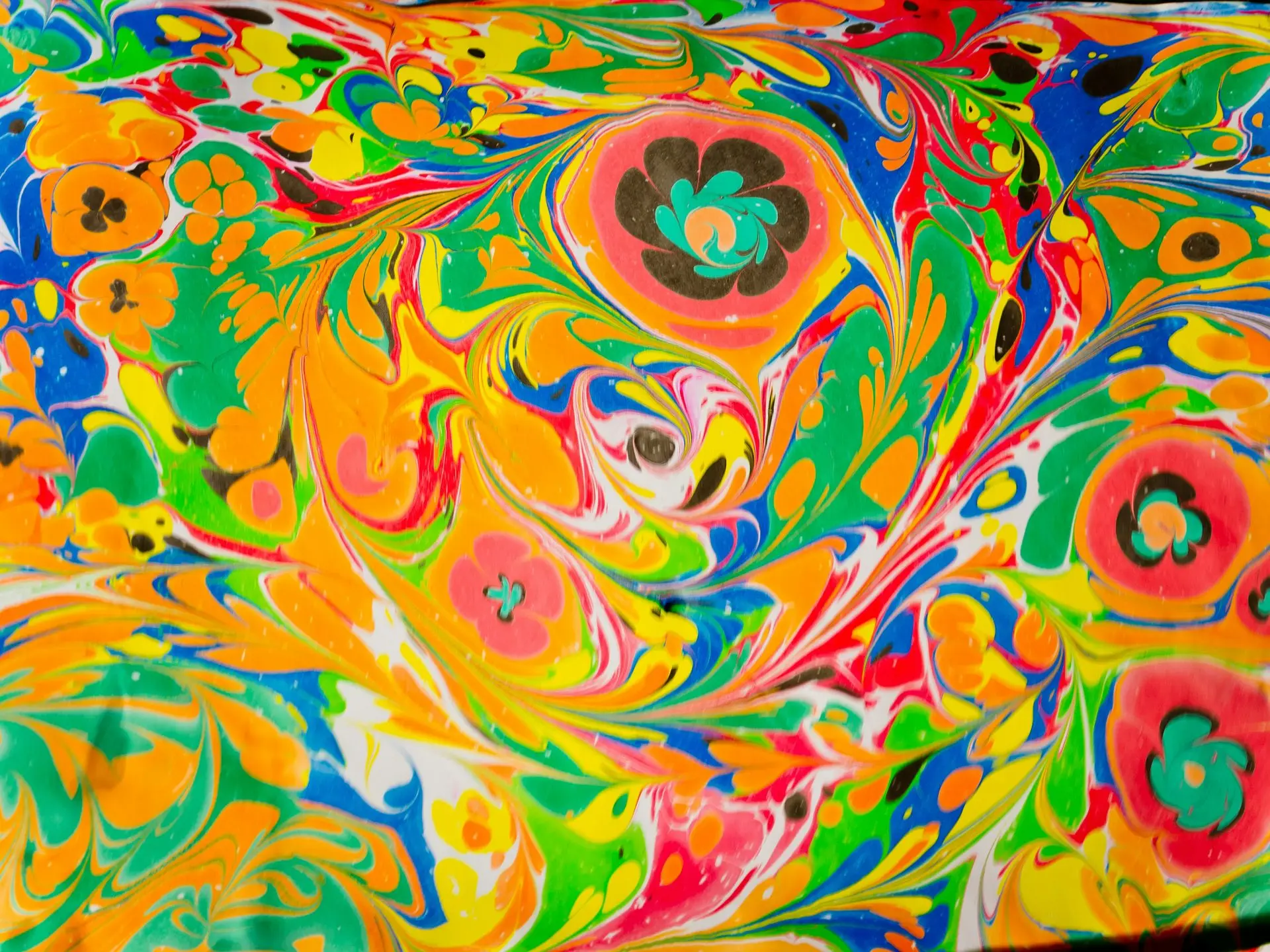Why Do Cats Purr? The Science Behind It

Looking for more amazing products? Check out our online store and explore our collection here! Happy shopping!
Before diving in, please note: This post is for informational purposes only. If you’d like to know more about how we approach topics, feel free to check out our friendly Disclaimer Page.
Hey there, amazing readers! 
We’re committed to delivering quality posts, and your support (even just sticking around despite the ads) means everything to us. So, bear with us, and thanks for helping us keep the good vibes rolling. Now, on to the fun stuff!
TRANSLATE BUTTON AT THE END OF THE ARTICLE
A Quick Overview
If you’ve ever sat on your couch with a purring cat nestled in your lap, you know the soothing nature of that gentle rumble.
But have you ever wondered why cats purr?
Is it just a sign of happiness, or is there more to this fascinating behavior?
In this article, I’ll explore the science behind cat purring, from its anatomy and evolutionary benefits to its social implications and even its healing properties.
So grab your favorite feline friend, and let’s dive into the world of purring!
Understanding the Unique Sound of Cat Purring
Purring is one of the most recognizable sounds associated with cats, and it’s quite a curious phenomenon.
When a cat purrs, it produces a low, vibrating sound that can range from a soft hum to a louder rumble.
This sound is created by the rapid contraction and relaxation of the muscles within a cat’s larynx, or voice box.
But why is it so unique?
Unlike other vocalizations—like meows, growls, or hisses—that have specific purposes, purring can serve multiple functions.
It can convey satisfaction, soothe, or sometimes even signal distress.
It’s as if cats have their own personal soundtrack, tailored to their mood and needs.
The sound typically falls between 25 and 150 Hertz, which is a frequency that many scientists believe might have healing properties.
We’ll delve more into that later, but isn’t it fascinating that something so simple could hold such potential?
The Anatomy of a Cat: How Purring Works
So, how does this process work behind the scenes?
The anatomy plays a crucial role.
In essence, purring involves the brain signaling the voice box muscles to contract rhythmically.
This is paired with an intake of air, which creates that soothing sound we all adore.
Here’s a more detailed breakdown:
Laryngeal Muscles: The cat’s laryngeal muscles tighten and loosen rapidly, causing the vocal cords to separate and create sound.
Breathing: Cats breathe in and out while purring, which allows the sound to resonate both during exhalation and inhalation.
Nervous System: The brain controls this muscle movement via the neural oscillator, located in the cat’s brainstem.
This is where the magic begins!
Even the smallest cat can produce this remarkable sound, and scientists have puzzled over it for years.
Interestingly, not all felines purr.
For example, big cats like lions may not purr in the same way as your house cat.
Evolutionary Insights: Why Did Cats Start Purring?
When we think of evolutionary traits, we often consider survival advantages.
So why did cats develop purring?
Some experts suggest that purring originated as a way for kittens to communicate with their mothers.
Here are some key points about its evolutionary role:
Discover "Dog Care: Learning How to Care for Your Furry Friend
"
Mother-Kitten Bonding: Kittens begin purring as soon as they are a few days old.
This helps their mothers find them in dimly lit environments.
Safety Mechanism: In the wild, purring might have been a way for felines to signal non-aggression during social interactions.
Stress Relief: Purring could also have developed as a self-soothing mechanism during stressful situations, helping cats cope in the wild.
From an evolutionary standpoint, purring is not just a charming quirk; it plays a fundamental role in a cat’s life, both socially and physically.
Purring: A Sign of Contentment or More?
While purring is often associated with contentment, it’s not the only emotion behind this sound.
Cats can purr when they are frightened, in pain, or even when they are about to give birth.
Here’s a closer look at the spectrum of emotions that purring can signify:
Happiness: Most people associate purring with a happy cat, especially when they’re seeking affection.
Stress or Pain: A cat might purr while in distress, signaling a need for comfort or help.
Healing: Purring may promote healing, as cats often purr after an injury or during recovery.
So, the next time your kitty curls up and starts to purr, remember that it could mean a lot of different things!
The Science Behind Purring Frequencies Explained
As mentioned earlier, purring occurs within a specific range of frequencies, typically between 25 and 150 Hertz.
But why is this significant?
Research suggests that these frequencies might offer numerous health benefits:
Bone Healing: Frequencies around 25 Hz can stimulate bone regeneration and stimulate growth.
Tissue Repair: Higher frequencies can promote tissue repair and reduce pain.
Stress Reduction: The calming nature of purring can help lower stress levels in both cats and humans.
It’s like having a built-in healing mechanism!
Isn’t it astounding that the simple act of purring can have such profound effects?
How Purring Affects Cats Physically and Emotionally
Purring isn’t just a vocalization; it has tangible effects on a cat’s well-being.
Physically, purring can help improve circulation and promote relaxation.
From an emotional perspective:
Comfort: Cats often purr when they feel secure, which can lead to a decrease in stress hormones.
Bonding: The act of purring can enhance the bond between cats and their humans, fostering a sense of companionship.
Calming Influence: Purring can have a calming effect on cats during stressful situations, making it easier for them to cope.
I’ve noticed that when my cat purrs, it creates a comforting atmosphere.
It’s as if the world stands still for a moment, and everything feels right.
Purring as a Communication Tool Among Cats
While purring can signify various emotions, it also serves as a communication tool.
Cats use vocalizations, including purring, to convey messages to other cats and humans alike.
Consider these points:
Social Signals: Cats may purr to signal friendship and non-aggression to other felines.
Maternal Communication: Mother cats purr to soothe and communicate with their kittens, reinforcing their bond.
Human Interaction: When interacting with humans, cats often purr to express affection or request attention.
It’s fascinating how such a simple sound can carry so much meaning!
Can Purring Help With Healing and Pain Relief?
One of the most intriguing aspects of cat purring is its potential healing properties.
Studies have shown that the frequencies produced during purring can promote healing in several ways:
Pain Relief: The vibrations may help alleviate discomfort, acting as a natural painkiller.
Muscle Relaxation: Purring can lead to muscle relaxation, which can be beneficial after rigorous activity.
Immune Function: Some research suggests that the vibrations may stimulate the immune system, aiding recovery from illness.
I can’t help but feel a sense of calm wash over me whenever I hear my cat purring, especially when I’m feeling down.
It’s like a little furry therapist is right there, offering comfort.
The Role of Purring in Cat Social Behavior
Understanding purring helps us appreciate the social nature of cats.
While they often get labeled as solitary creatures, they actually thrive on social interactions.
Purring plays a vital role in their social dynamics:
Bonding and Communication: Purring strengthens the bond between cats, helping them communicate their feelings.
Conflict Resolution: When two cats purr at each other, it can ease tension, signaling that they mean no harm.
Social Grooming: Cats often purr while grooming each other, reinforcing social connections.
So, the next time you think of your cat as a lone wolf, remember that they’re social butterflies in their own right!
Purring in Kittens: Bonding with Their Mothers
Kittens start purring at a very young age, often just days after birth.
This early purring is crucial for their development and bonding with their mothers.
Here’s how it plays out:
Finding Mom: Kittens use purring to help their mothers locate them during nursing.
Reassurance: The sound provides comfort to both the mother and her kittens, reassuring them that all is well.
Developmental Benefits: The act of purring may also stimulate growth and development in kittens, thanks to the healing frequencies.
Witnessing this bond between a mother cat and her kittens is a heartwarming sight.
Purring is already a sign of love and security from such a young age.
Why Some Cats Purr More than Others: A Look at Breeds
Not all cats are created equal when it comes to purring.
Some breeds are known for their vocal tendencies, while others may be quieter.
For instance:
Siamese Cats: Known for their vocalizations, these cats can be quite chatty and love to purr.
Maine Coons: Gentle giants, they’re known for their deep purring sounds.
Persians: Often more reserved, but they can still purr up a storm when comfortable.
This diversity adds an extra layer of charm to each breed.
It’s delightful to see how individual personalities shine through their purring!
How Humans Can Benefit from Their Cats’ Purring
As cat owners, we can experience the benefits of our cats’ purring, both physically and emotionally.
Here’s how we can reap those rewards:
Stress Relief: Listening to a cat purr can reduce stress and create a sense of peace.
Lower Blood Pressure: Interacting with a purring cat can lower blood pressure and promote relaxation.
Emotional Support: The companionship of a purring cat can reduce feelings of loneliness and anxiety.
I often find that when I’m feeling overwhelmed, my cat’s purring feels like a warm hug.
It’s a gentle reminder that I’m not alone.
Conclusion
Purring is an extraordinary behavior that encompasses much more than mere contentment.
From its fascinating anatomy and evolutionary roots to its healing properties and social implications, purring serves as a vital part of a cat’s life.
It’s a sound that speaks volumes, conveying emotions and fostering bonds in ways we may still be discovering.
So, the next time your feline friend curls up next to you and starts to purr, take a moment to appreciate the science and magic behind that comforting sound.
After all, it’s not just noise; it’s a language of love and connection that we’re lucky to share.

The Enlightenment Journey is a remarkable collection of writings authored by a distinguished group of experts in the fields of spirituality, new age, and esoteric knowledge.
This anthology features a diverse assembly of well-experienced authors who bring their profound insights and credible perspectives to the forefront.
Each contributor possesses a wealth of knowledge and wisdom, making them authorities in their respective domains.
Together, they offer readers a transformative journey into the realms of spiritual growth, self-discovery, and esoteric enlightenment.
The Enlightenment Journey is a testament to the collective expertise of these luminaries, providing readers with a rich tapestry of ideas and information to illuminate their spiritual path.
Our Diverse Expertise
While our primary focus is on spirituality and esotericism, we are equally passionate about exploring a wide range of other topics and niches 

To ensure we provide the most accurate and valuable insights, we collaborate with trusted experts in their respective domains 
Our blog originally focused on spirituality and metaphysics, but we’ve since expanded to cover a wide range of niches. Don’t worry—we continue to publish a lot of articles on spirituality! Frequently visit our blog to explore our diverse content and stay tuned for more insightful reads.
Hey there, amazing reader! 
Check out our store here and take a peek at some of our featured products below! Thanks for being awesome!










